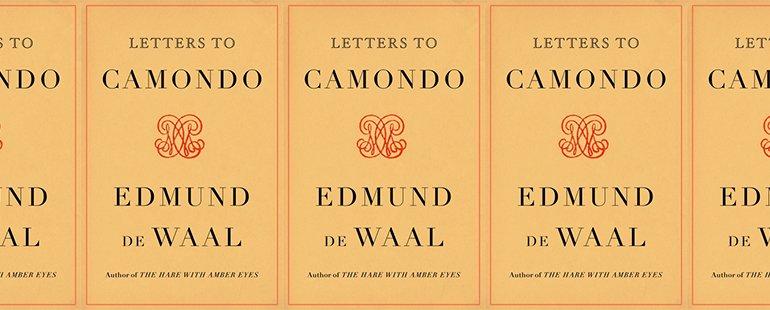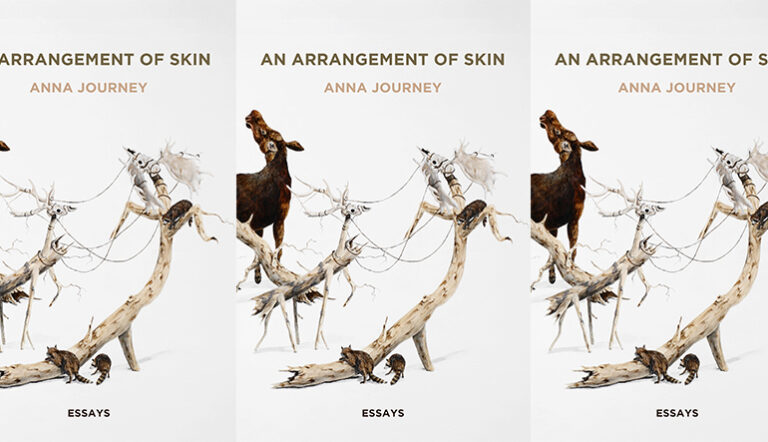Collecting Art and Grief in Letters to Camondo

Letters to Camondo
Edmund de Waal
Farrar, Straus and Giroux | May 11, 2021
Edmund de Waal’s Letters to Camondo is composed of an imaginary collection of letters written by de Waal to Moïse de Camondo, a distant relative and wealthy Jewish and Parisian banker, philanthropist, and art collector who lived in the early 20th century. In the collection, De Waal, who is known for exhibiting his large-scale pottery installations at institutions like the Gagosian, Tate Britain, and the Kunsthistorisches Museum, spends time at 63 rue de Monceau, where Camondo lived during his lifetime. De Waal interrogates the objects in Camondo’s house, and as he unearths the collector’s family history, de Waal attempts to answer: what does it take to have good style?
Camondo, who occupied the apex of French cultural life, had various and eccentric objects, each with their own designation and taxonomy. There are 264 Japanese netsuke; black-and-gold gates; a bronze tortoise and a bronze stork; Renoir’s Portrait of Irène Cahen d’Anvers; lapis lazuli, onyx, jasper, pearls, sardonyx, labradorite, and opal crafted into tiepins. With meticulous and scientific precision, de Waal reports these objects to Camondo, almost as if to reassure him that his estate remains intact. He marvels at the collector’s knack for good style—inaccessible and vertiginous yet, in a word, impeccable.
Camondo’s good style, in part, comes from incomprehensible family tragedy. Upon his death, Camondo bequeathed his house to the French state as a decorative art museum in honor of his late son, Nissim de Camondo, who died in World War I. De Waal speculates about how collecting and arranging in Moïse de Camondo’s life must have functioned as his personal and artistic response to grief, absence, and loneliness. De Waal uses the material landscape of Camondo’s house to psychoanalyze Camondo: he proffers that Camondo is a collector because he is deeply averse to dispersion, and he suggests that Camondo’s house is a delicate construction of echoes that facilitates remembrance.
Reading de Waal’s lines of inquiry makes the silence—indeed, the complete preclusion of the possibility of written response from Camondo—particularly haunting. Camondo’s non-response relegates de Waal’s attempts at intimacy mere one-sided projection. And there’s also a dramatic irony in the letters, the kind of dramatic irony of the Greek tragic sort which is rarely so poignant as it is when it is historical. Not long after Camondo’s death, the rest of his progeny—his daughter and his grandchildren—are killed at Auschwitz. De Waal factually and elegiacally relays the series of events that lead up to the deaths of Camondo’s daughter and her family. The cultural treasures the Camondos have donated and their service to countless cultural institutions all count for naught to the Germans.
To de Waal, it is clear there is a necessary connection between Camondo’s approach to collecting and the family’s demise. Camondo, de Waal offers, is an assimilationist who is nevertheless aware of how tenuous and inconstant life is. Camondo is, after all, in correspondence with Proust, who in discussing Chardin’s engravings, tells Camondo that “the deepest meaning there is in objects . . . it is our life that it reaches out to touch, gradually leading our perceptions toward objects, close to the heart of things.” In his will, Camondo requests that the objects in his house be kept clear of dust and not be moved. The placement of objects—the particular dialogue they instantiate when put together a certain way—is Camondo’s bid to leave something to the world.
What de Waal can do as an archivist and descendant is rote and simple: he can bear witness to Camondo’s collectorship and life. Where de Waal ventures to do more, ascribing motives where there are only objects, he fails, rendering Camondo the man himself elusive and the objects overdetermined. We can confidently surmise that Camondo wished for people to enjoy his legacy: why else leave the entirety of his own legacy to the French nation?
But in De Waal’s bearing witness, we see he is a brilliant interlocutor: there are not many people in the world, for instance, who would be able to see the “pure poetry” in a combination of “oak veneered with amaranth, sycamore, burr maple, bloodwood, holly, hornbeam, barberry, bois du ferrel—chased and gilt bronze—with a violet Breccia top.” In this respect, the publication of de Waal’s private letters becomes a memorial to Moïse de Camondo, from one artist to another. In Letters to Camondo, De Waal pays homage to delicate, restrained elegance of good style, a kind of style that requires keen perception, artisanal knowledge, and sensitivity.


